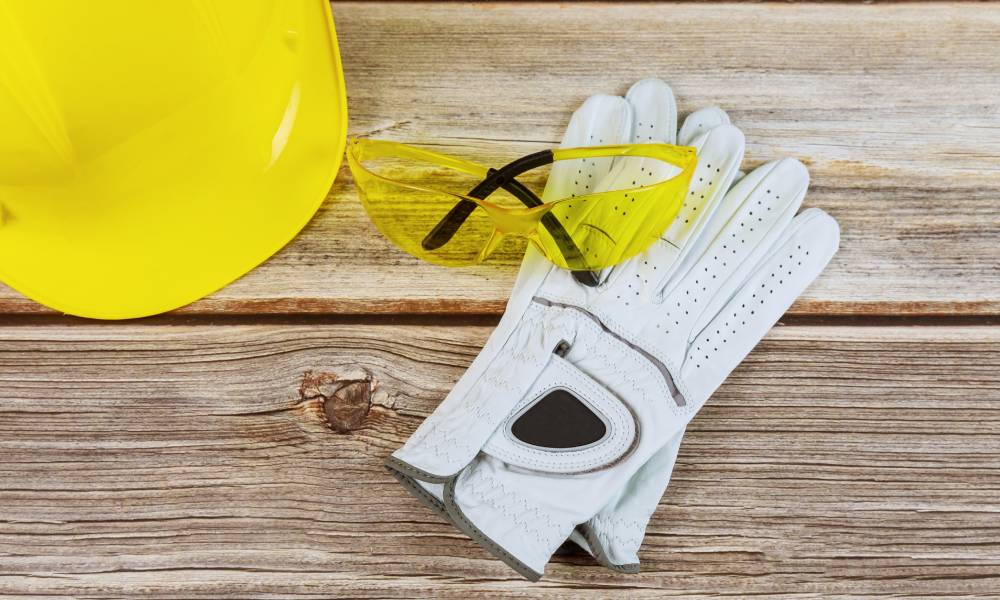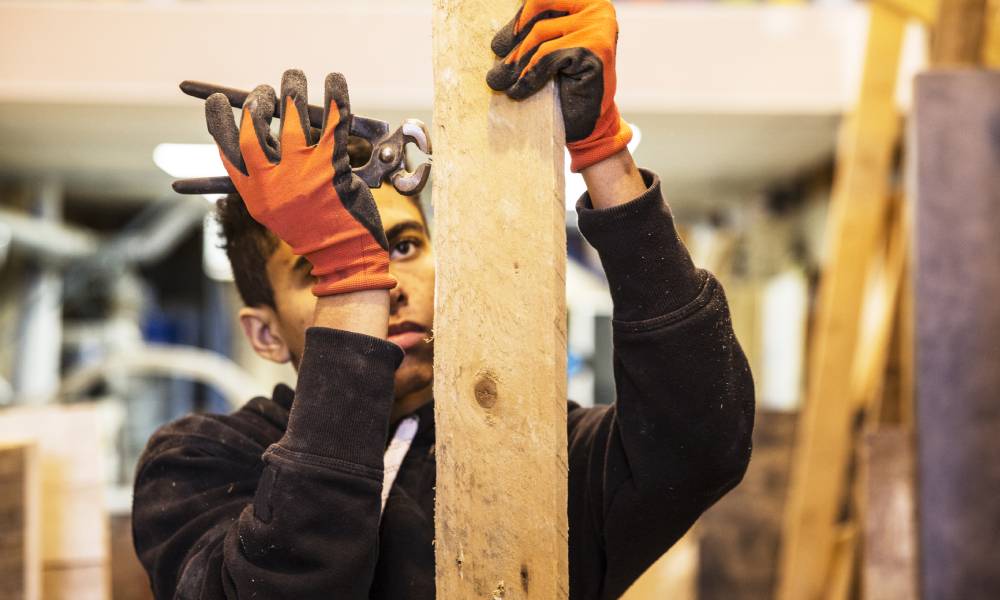.jpg)
Choosing the Right Construction Gloves: A Guide to Safety and Comfort
Selecting the appropriate construction gloves is paramount for ensuring both safety and comfort in the construction industry. Construction workers face a myriad of hazards daily, ranging from cuts and abrasions to impact injuries and chemical exposures. Therefore, choosing gloves that provide adequate protection against these risks while ensuring comfort and dexterity is crucial for maintaining productivity and minimizing workplace injuries. In this guide, we will delve into the key factors to consider when choosing construction gloves, aiming to provide insights that empower workers and employers alike to make informed decisions.
What Are the Construction Hazards?
Understanding construction hazards is essential for selecting the right gloves to mitigate risks effectively. Construction sites are fraught with various dangers, including sharp objects, abrasive surfaces, heavy machinery, electrical hazards, and chemical exposures. Workers face the potential for cuts, punctures, burns, and impact injuries daily.
Understanding these hazards allows for the identification of specific risks present in the workplace, enabling informed decisions regarding glove selection. By recognizing the diverse array of dangers inherent to construction work, workers and employers can prioritize protective measures that address the most prevalent risks, ensuring a safer working environment. Therefore, a comprehensive understanding of construction hazards is fundamental in guiding the choice of gloves tailored to the specific needs of the job site.
How Can You Assess Glove Materials for Construction Site?
Assessing glove materials for construction sites involves considering various factors to ensure optimal protection and comfort. Firstly, examine the material's durability and resistance to abrasions, cuts, punctures, and tears, as construction environments often entail exposure to sharp objects and rough surfaces. Look for materials such as leather, synthetic blends, or high-performance fabrics like Kevlar and Dyneema known for their strength and resilience.
Additionally, evaluate the material's flexibility and dexterity to ensure ease of movement and grip on tools and materials. Consider factors like waterproofing and insulation for specific environmental conditions, and assess breathability to prevent discomfort from prolonged wear. Lastly, prioritize materials compliant with safety standards to guarantee adequate protection against common construction hazards. By carefully assessing these aspects, you can select gloves that offer the ideal balance of protection and comfort for construction site workers.
Compliance with Safety Standards
Compliance with safety standards is paramount when selecting construction gloves to ensure workers' protection. Construction sites pose numerous hazards, and adherence to safety regulations is essential to mitigate
risks effectively. Look for gloves that meet or exceed industry standards such as those set by organizations like ANSI (American National Standards Institute) or EN (European Norms).
These standards typically specify criteria for performance levels related to cut resistance, puncture resistance, abrasion resistance, and more. Ensuring that gloves comply with these standards provides assurance that they have undergone rigorous testing and meet minimum safety requirements. Additionally, gloves bearing certification labels from recognized authorities demonstrate their compliance with applicable regulations, offering peace of mind to employers and workers alike. Therefore, prioritizing gloves that adhere to safety standards is crucial for maintaining a safe working environment on construction sites.
Beybi Plastik, since its establishment in 1949; operates in the field of personal protective work safety gloves, examination gloves production and sales, sterile surgical gloves and medical consumables sales and marketing.



